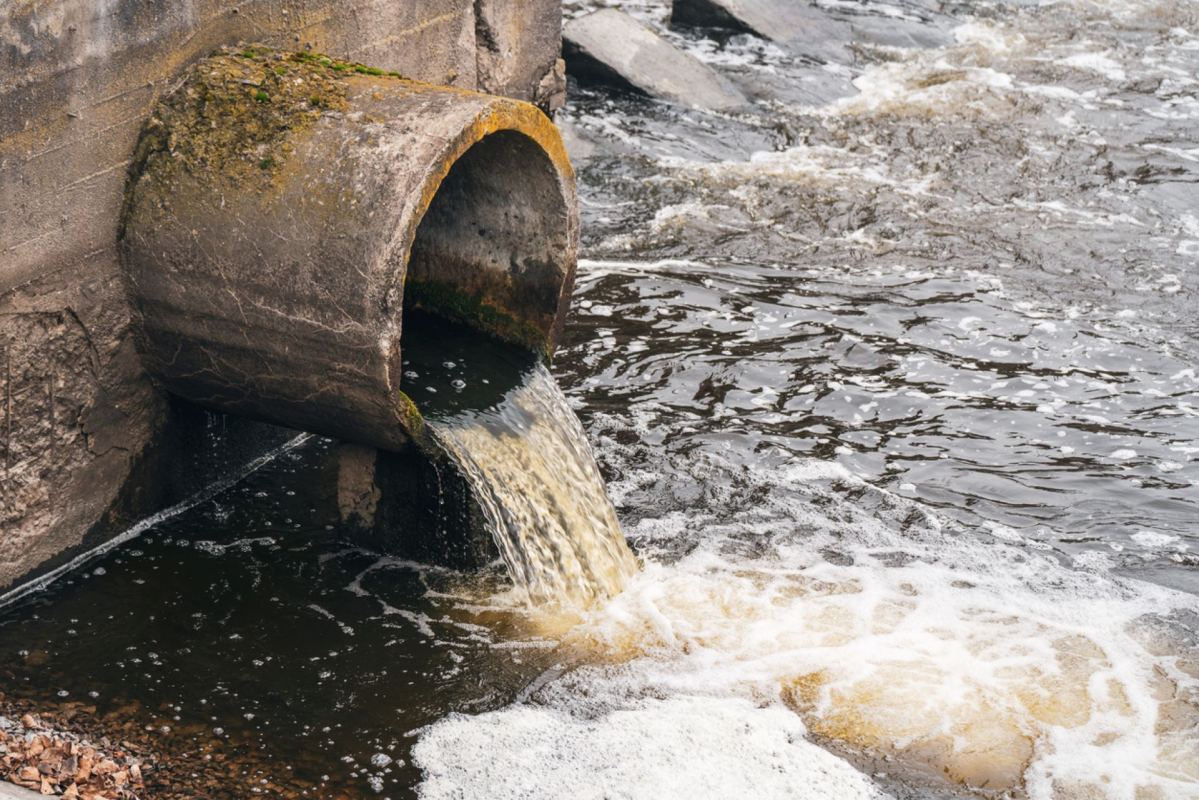A new innovative tool may help solve two pressing issues at once: water contamination and harmful pollution from dirty energy.
In a press release, the Institute of Chemical Research of Catalonia (ICIQ) announced that a team of scientists developed autonomous micromotors that can convert the main component of urine into ammonia without generating any planet-warming gases.
The motors, which are shaped like a tube and made from silicon and manganese dioxide, are propelled by bubbles released during a chemical reaction.
"This is an interesting discovery. Today, water treatment plants have trouble breaking down all the urea, which can result in eutrophication when the water is released. This is a serious problem in urban areas in particular," PhD student Rebeca Ferrer said in ICIQ's press release.
As detailed by the National Oceanic and Atmospheric Administration, eutrophication begins when a water ecosystem is inundated with too many nutrients, like those found in urine.
This can lead to toxic algae blooms, the release of planet-warming carbon dioxide, and barren zones where underwater creatures are unable to survive.
Meanwhile, a transition to clean energy is ramping up in a worldwide effort to limit the overheating of our planet to 2.7 degrees Fahrenheit above pre-industrial levels.
Like contamination from urine, rising global temperatures have contributed to the degradation of marine environments, threatening a major source for the billions of people who rely on fish and seafood.
More than three-quarters of heat-trapping gases released into our atmosphere are produced by dirty energy such as oil, gas, and coal.
As the International Energy Agency pointed out, some methods of producing ammonia are energy-intensive, but researchers have been looking into it as an alternative fuel because it doesn't release carbon dioxide when burned.
ICIQ researchers said that they were able to obtain ammonia from urea by coating their micromotors in laccase, a chemical compound that occurs in fungi, plants, and bacteria.
The scientists, whose findings were published in the journal Nanoscale, concluded that their "bubble-powered micromotors" could forge a promising path to generating green-energy fuels.
Before the technology can be used in water treatment plants or elsewhere, though, more experimentation is needed, including large-scale trials.
"We need to optimize the design so that the tubes can purify the water as efficiently as possible. To do this, we need to see how they move and how long they continue working, but this is difficult to see under a microscope because the bubbles obscure the view," Ferrer explained in a statement for the institute.
A method of machine learning from the University of Gothenburg is expected to help with that issue.
"If we cannot monitor the micromotor, we cannot develop it," said PhD student Harshith Bachimanchi, who studies physics at Gothenburg. "Our goal is to tune the motors to perfection."
Join our free newsletter for weekly updates on the coolest innovations improving our lives and saving our planet.









